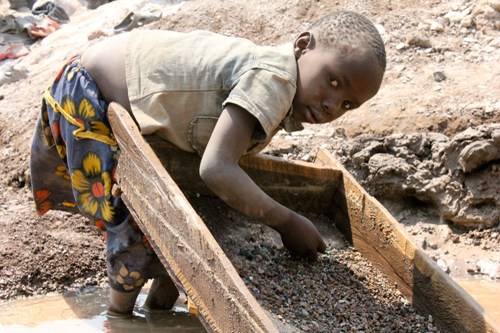It was standing-room-only at the May 28th meeting of the Toronto Geological Discussion Group (TGDG) as a panel of legal, government and industry experts grappled with the contentious new Ontario Mining Act. No fights broke out under the expert moderation of Analytical Solutions’ Lynda Bloom, but the conversation did get heated.
Still in its infancy, the new Act ups the ante when it comes to consulting Aboriginal communities and private landowners before putting boots to the ground. Exploration plans and permits are required even for certain early-stage activities, and Aboriginal communities can apply to have culturally significant areas withdrawn from staking.
You can download a fine summary of the changes from the Ontario Ministry of Northern Development and Mines website.[http://www.mndm.gov.on.ca/en/mines-and-minerals/mining-act/mining-act-modernization]
Some insights from the discussion:
Rules are nothing without resources
Although Ontario government representative Rob Merwin, who worked closely on modernizing the Act, says there are consultants and ministry staff onboard to help with the consultation process, some industry representatives feel the responsibility for resolving disputes rests too heavily on their shoulders and that the government should be differentiating between real grievances and those launched for personal gain.

























